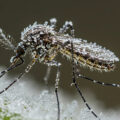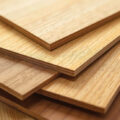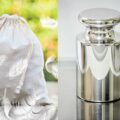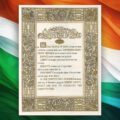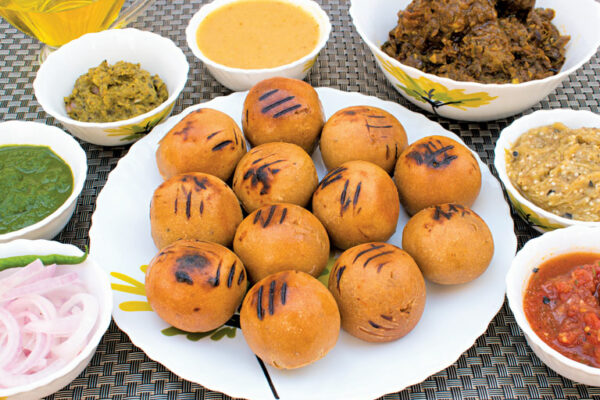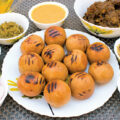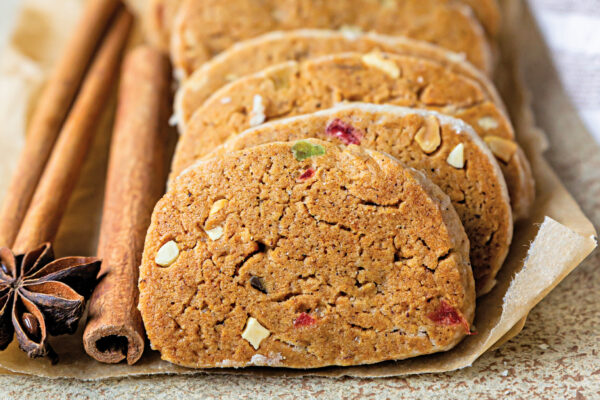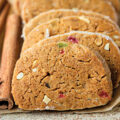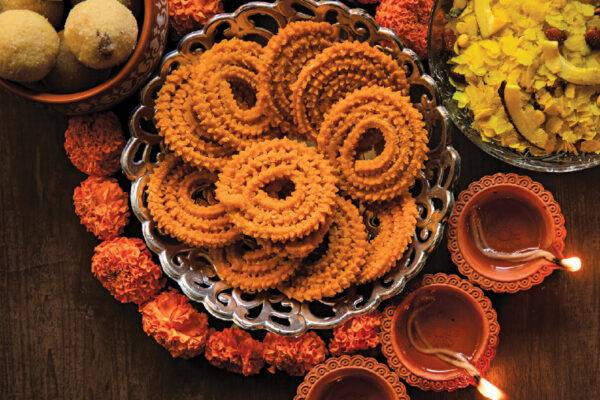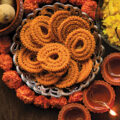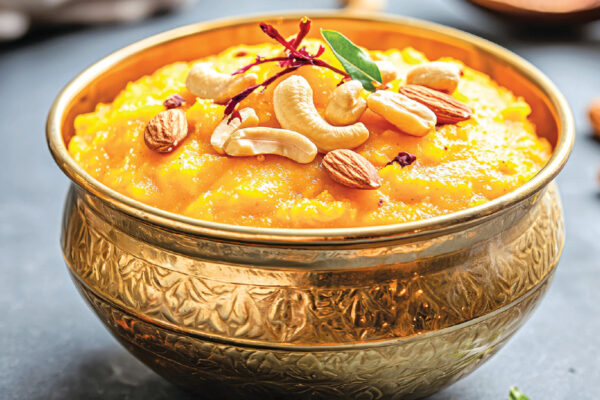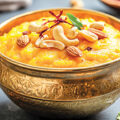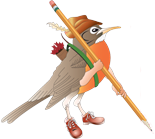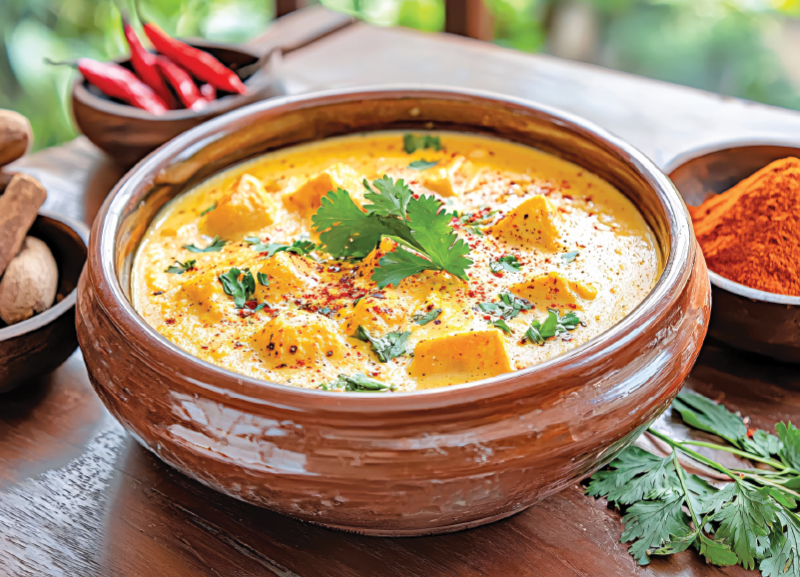
History:
The origins of paneer are debated. Some believe it was introduced to India by Afghan and Persian invaders, while others trace it back to ancient Vedic traditions where milk curdling was practised for medicinal purposes. The word ‘paneer’ is derived from the Persian ‘panir’, meaning cheese. Over time, both cow and buffalo milk, which were available in abundance, were used to make paneer.
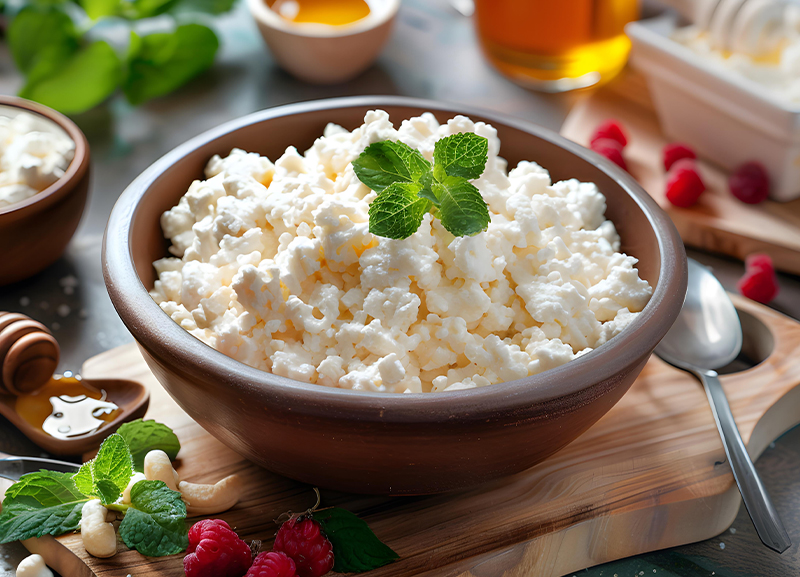
Production in India
- Paneer is made by curdling hot milk with an acidic agent like lemon juice or vinegar.
- Though it is a cheese, paneer does not melt, making it ideal for grilling and frying.
- Paneer is quick to make and rich in protein and calcium. As it is made from milk, it is often eaten with a sprinkle of salt and pepper during fasting periods.
Culinary Uses
- Bhurji: Scrambled paneer cooked with onions, tomatoes and spices is often served for breakfast.
- Snacks: Paneer tikka, pakoras and chilli paneer are common appetisers.
- Curries: Paneer is used to make items like paneer butter masala, palak paneer and kadai paneer.
- Sweets: Paneer is the base of Bengali delicacies like rasgulla, sandesh and chum chum.
- Salads and Wraps: Paneer cubes are marinated, grilled or tossed into greens before being used in salads and wraps.
Regional Specialities
- North India: Matar paneer (peas and paneer), a classic winter dish.
- Bengal: Chanar dalna, a light curry with soft paneer chunks in a ginger-tomato base.
- Odisha: Chhena poda, a caramelised paneer cake offered in temples.
- Punjab: Paneer paratha, a stuffed flatbread eaten with curd and pickles.
INTERESTING FACT
- Paneer is one of the few cheeses that can be made at home in under 30 minutes.
- Paneer is high in casein protein, making it a preferred choice for athletes and bodybuilders who follow vegetarian diets.
- In Ayurveda, paneer is considered cooling and nourishing, though it is recommended to eat it fresh and not too frequently for those with sluggish digestion.
RECIPE: LEIDER CHAMAN (Yellow Paneer Curry)

INGREDIENTS
- 200 grams paneer
- Whole spices (1 bay leaf, 1-inch cinnamon, 1 green cardamom, 1 black cardamom, 3 black peppercorns, 2 cloves, 1 teaspoon jeera)
- 2 teaspoons turmeric powder
- 1 ½ to 2 teaspoons fennel (saunf) powder
- 1 teaspoon ginger powder
- 1 teaspoon asafoetida
- 1 cup milk
- 1 teaspoon kasuri methi
- 1 tablespoon mustard oil
- 500ml + 2 cups water
- Salt to taste
METHOD
- Cut the paneer into large square pieces.
- In a kadhai, add 500ml of water and bring it to a boil. Add 1 teaspoon of turmeric powder to it.
- Once the water boils, add the paneer pieces and let them boil for 5 to 7 minutes.
- Strain the paneer pieces.
- In a flat thick-bottomed pan, add the mustard oil and heat it well.
- Once the oil is hot, sauté the paneer on both sides until it turns golden brown.
- Meanwhile, take 2 cups of cold water in a big bowl and add some salt to it.
- Add the sautéed paneer to the salt water and keep it aside.
- In the thick-bottomed pan, add the whole spices one by one.
- Once they are sautéed well, add the fennel powder, ginger powder, turmeric powder, asafoetida and 2 to 3 tablespoons water to keep the spices from burning.
- Once the spices are cooked, add the sautéed paneer along with the water.
- Let it cook till the water is reduced to half (for about 8 to 10 minutes).
- Now add 1 cup of milk and keep stirring continuously to prevent the milk from curdling.
- Once the milk starts boiling, put on the lid and let it cook for 5 to 7 minutes.
- Turn the heat off, sprinkle some kasuri methi and serve with hot rice or parathas.
Warning: Ask a parent or adult to help with this recipe.
Recipe credit: Mayura Sidharth. You can reach her on
Instagram and Facebook @thetinytiffins





